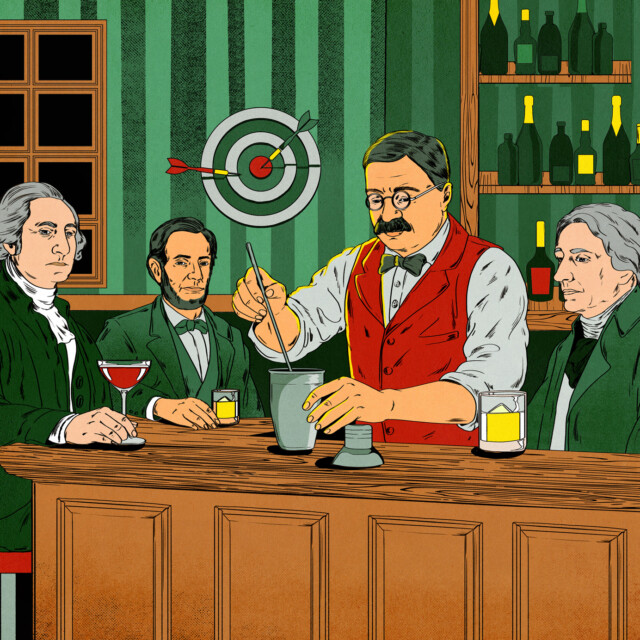Asking a bartender to name the most influential craft cocktail bar of all time is a heavy question bordering on unfair. Asking them to name their “Mount Rushmore” of craft cocktail bars doesn’t lighten the load all that much, despite expanding the field from one to four. So when I recently asked six acclaimed bartenders what bars were on their Mount Rushmore, most responded with a request for a few days to marinate on their choices. And a couple participants tried to sneak in a bonus fifth venue when their picks were submitted.
Such deliberation is justified. Today’s cocktail scene draws inspiration from myriad sources; Whittling this inspiration down to four key spots is an activity deserving of more than just a snap judgement. I also didn’t want the bartenders to be the only ones to ponder this question, so I came up with my own Mount Rushmore. It took me several days to think things over, natch.
Before we explore what bars got chiseled into theoretical rock outcroppings, let’s establish a few ground rules:
- The choices are strictly limited to bars from the United States.
- Each list consists of the most influential bars in the country — a list of favorite bars would likely look radically different and probably include at least one dive.
- The bars don’t have to be currently active.
- They don’t have to be considered part of the modern craft cocktail renaissance. If they provided enough influence to today’s scene, their presence is justified.
The picks below feature a hodgepodge of legacy bars, old-school establishments, and quirky joints that have influenced the scene even if they’re not technically part of the craft cocktail movement. There are also a few contemporary spots still shaping the scene, proving that much like a natural landscape, the craft cocktail scene is an ever-evolving entity.
Note: Some quotes have been edited for clarity.
Jeffrey Morgenthaler, consulting partner, Pacific Standard and the Sunset Room, Portland, Ore.
@jeffmorgen
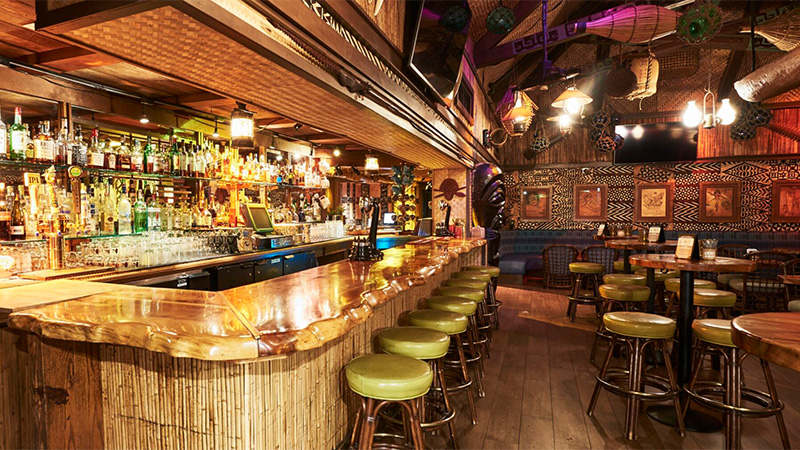
The Slanted Door, San Francisco: These were — and still are, honestly — the best cocktails I’ve ever had. That was the hottest era for the West Coast, and what a powerhouse crew that passed through there: Thad Vogler, Erik Adkins, Jennifer Colliau. Holy crap. I still weep that Slanted Door, and Charles Phan, sadly, didn’t make it through the pandemic.
Trader Vic’s, Oakland, Calif.: You can’t talk about the evolution of American cocktail culture without Trader Vic’s. They really introduced Americans to rum blends, house syrups, and a style of cocktail that influenced nearly every cocktail bar you see today.
Milk & Honey, NYC: Speaking of bars that influenced every single cocktail bar you see today. Milk & Honey is special because of how groundbreaking it was, sure. But the other thing that happened was that it launched so many other bars and careers and really took the whole thing around the world.
Zig Zag Café, Seattle: I consider myself so lucky to have lived just a few hours from the Zig Zag Cafe back in its heyday. We would sit at Murray Stenson’s bar for hours watching him work. And I mean, rediscovering the Last Word and making that a household name? Sheesh. I’m glad that I was able to call Murray a friend, and to have him posted up at my bar every time he visited Portland. I learned a lot from him.
Ivy Mix, co-owner, Whoopsie Daisy and FIASCO! Wine and Spirits, Brooklyn
@ivymix
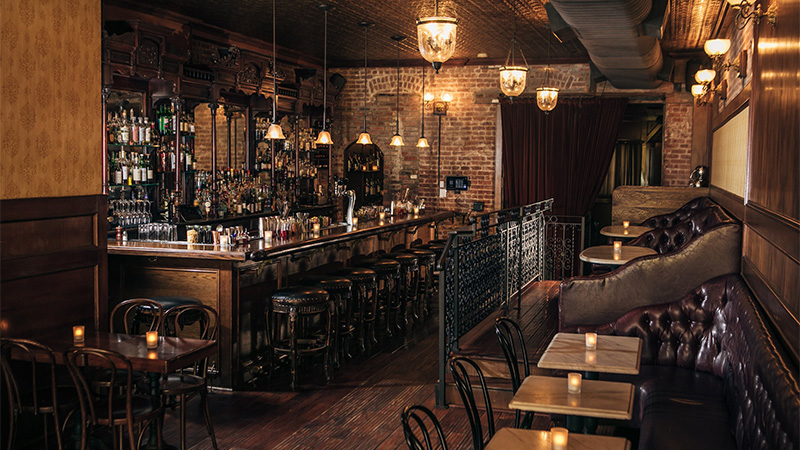
Bourbon & Branch, San Francisco: So many amazing people in the industry started at Bourbon & Branch: Jon Santer, Ryan Fitzgerald, Dominic Venegas, and more. I remember when I was living in New York I thought I wanted to move out West because there seemed to be more opportunities out there and more stuff going on.
Drink, Boston: Again, incredible talent came from here. Whenever we would go there we’d be seeing people like John Gersten and Misty Kalkofen and Ezra Star and Will Thompson and thinking it was just about the coolest place. And it was, and it was in Boston! Just a stone’s throw away from Fenway.
Clover Club, NYC: I think if you’re going back to early days, you have to give a nod to Clover Club. Julie Reiner and Susan Fedroff took a real chance opening up in Brooklyn back then! And look at them now. So many fantastic bartenders have cycled through there over the years.
Cure, New Orleans: Cure was certainly one of the places I remember hearing about when I was a young bartender and the industry wasn’t so big. It’s not in the French Quarter, and it’s still the place to go in New Orleans for wonderful classic cocktails.
Chris Hannah, owner, Jewel of the South, New Orleans
@count_hannah
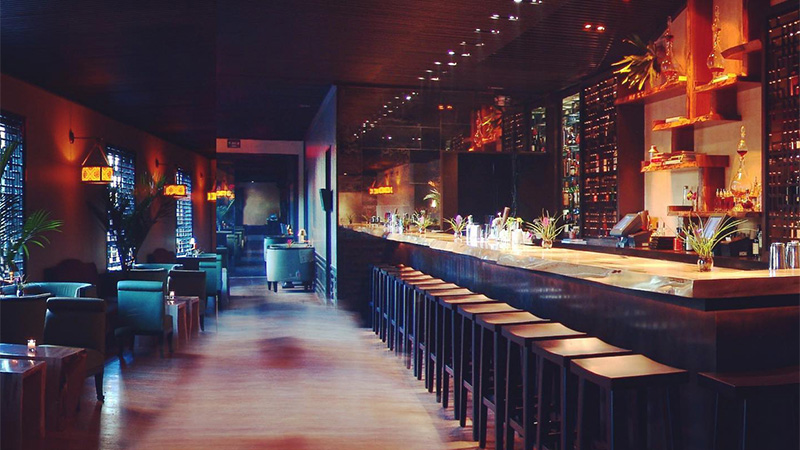
Absinthe, San Francisco: I’m going with Absinthe because it was the first to serve classic cocktails — at least before Milk & Honey — and also because of the amount of mover-and-shaker bartenders who worked there. It was hard for me to choose Absinthe over Range in San Francisco because, well, I don’t know. Just because. There are just so many bartenders who worked at Range who then went on to shape the Bay Area scene, which 100 percent rivaled New York, to be honest.
Milk & Honey, NYC: It’s the first modern cocktail bar in the country, even if Absinthe was opened first. It inspired many people to gain interest in what could be a ‘movement.’
Pegu Club, NYC: I chose Pegu Club for a couple reasons. First and most importantly it has ties with Dale DeGroff, and it would be a disservice to not include the King. Secondly, it spawned so many bars in New York which are the most prevalent cocktail bars still today, as well as the bars that created New York’s awesome cocktail movement.
Richelieu Bar, New Orleans: I’m going to choose the Richelieu Bar inside Arnaud’s because, prior to Hurricane Katrina, my mentor Chris McMillian worked there. McMillian is the figure responsible for overseeing what was turning into the city’s budding cocktail renaissance in the form of monthly meetings at the previously curated Museum of the American Cocktail. His efforts made it possible for my French 75 Bar — also in Arnaud’s — to keep the pace for the city worldwide.
Lucinda Sterling, bartender/managing partner, Seaborne and LB33, NYC

Angel’s Share, NYC: The original Angel’s Share is perhaps the one to stand out the most on the list. Embedded behind a tidy Japanese restaurant, it seemed that no one was aware of a bar existing in the back of a room of tables full of staunch eaters. The menu was full of cocktails that pretty much covered all the bases, including spirits like Midori (which you would never see at Milk & Honey). An inspiration for Sasha Petraske, it was a beautiful respite for a bustling East Village bar scene.
Death & Co, NYC: Death & Co must be on this list because this was another of the bars that, akin to Milk & Honey, transported you to another time and place upon entering its speakeasy-esque door. Stadium-like seating allowed you to watch the bartenders perform. Their popularity grew fast because of a young, vibrant and talented team that all respected the cocktail and quality ingredients.
Mayahuel, NYC: Mayahuel was one of the first of its kind, bringing a huge selection of tequila, especially mezcal, to the palates of many who were just discovering the uniqueness and versatility of the spirit. Aside from delicious cocktails, profound knowledge about the spirits and origins, the food from the regions where the spirits hailed from was highly sought after. I would thank Phil Ward for injecting mezcal into the cocktail world as we know it today.
Daddy-O, NYC: When the river ran dry at Little Branch, the oasis was Daddy-O. Philip Casaceli did not cut corners when it came to providing a rich selection of whiskeys and other spirits. That meant that he had a handsome menu of cocktails and always had delicious food items — the burger was the top! This was one of Sasha’s favorite places to visit, as well as many bartenders and chefs alike after their shifts. It was the archetype for the low-key, late-late- night industry spot.
Libby Lingua, owner, Highball, Phoenix
@oolalibby
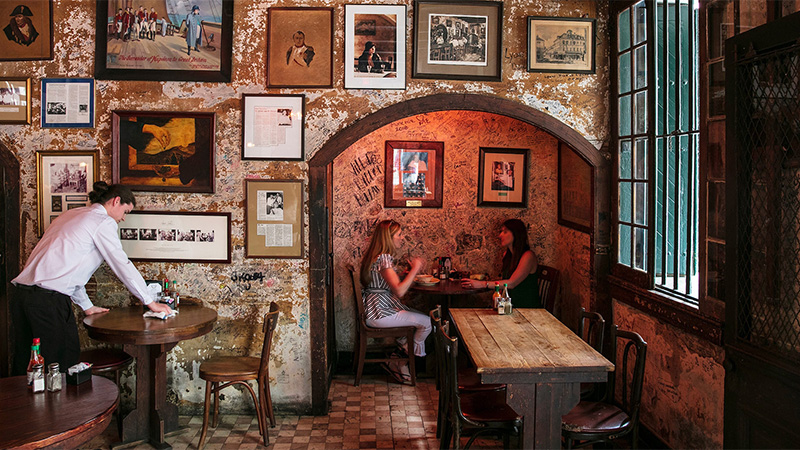
Death & Co, NYC: Death & Co is arguably regarded as one of the most influential and important cocktail bars in modern American history. With almost 20 years under its belt, D&C came to be at a critical moment in the resurgence of classic cocktails and speakeasy-style bars. They weren’t necessarily the first to do this, but D&C was among the first to perfect and codify the new-age cocktail movement. They quickly became a model for countless bars nationwide, both in their drinks and its aesthetic. They’ve also been an influential pioneer in expansion without sacrificing standards or quality.
Herbs & Rye, Las Vegas: Herbs & Rye is an institution that proves that you don’t need to be in NYC, Chicago, or San Francisco to be world class. Period. Opening in a totally unassuming strip mall off the Las Vegas Strip, Herbs continues to raise the bar with hospitality for locals and the global bar industry. Nectaly Mendoza and his team have consistently provided a world-class cocktail experience rooted in local grit and authenticity.
Tommy’s Mexican Restaurant, San Francisco: Two words: Julio Bermejo, who should be considered a national treasure. Tommy’s Mexican Restaurant is not only known for the Tommy’s Margarita, but they were tequila evangelists long before tequila became trendy, insisting on using only 100 percent agave tequila and educating customers about its nuances. I mean, come on — Julio is the Ambassador of Tequila to the U.S. by the Mexican government. That says it all. They also redefined the ethos of the Margarita, taking it from the sugary bastardized vacation afterthought to a perfectly balanced cocktail that actually showcases the beauty of the spirit.
Napoleon House, New Orleans: An icon of its own kind, Napoleon House is rooted in timeless authenticity and deep cultural resonance. Least concerned with innovation, drinking at Napoleon House isn’t just about the cocktail, whatever it may be — it’s about touching American cultural drinking heritage. Being in that bar moves me, as it should anyone. The walls exude history that you can feel with every sip and bite.
Steve Schneider, partner, Sip & Guzzle, NYC
@mightyschneidey
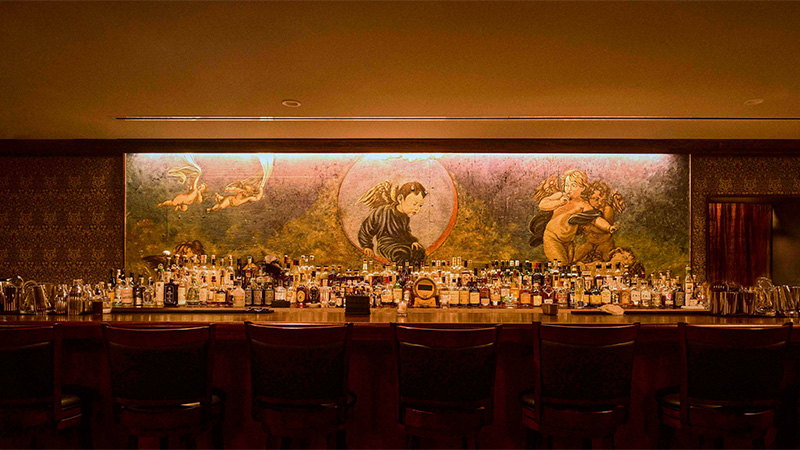
Employees Only, NYC: I traveled for many years and in any city I went, people would take me to a spot where the local bar industry went. They would all reference this bar as the ‘Employees Only of (insert city or town name)’. It wasn’t the style of drink making, but it was the atmosphere. The community. If you look at bars around the world wearing the bar/chef coat, there’s a high chance they took inspiration from EO.
Angel’s Share, NYC: One of, if not the oldest of NYC’s cocktail bars. It’s Japanese-NYC cocktail culture personified. If a bartender has Angel’s Share pedigree, chances are they are very, very good. Shingo Gokan’s lineage is still present to this day and many of the bartenders there have moved on to open great bars: Martiny’s, ROKC, and Double Chicken Please, among others.
Milk & Honey, NYC: By making bespoke cocktails and modern classics, Sasha Petraske took the quality of cocktails to the next level. His influence on the bar world can never be forgotten. And with Attaboy, Sam Ross and Mickey McIlroy have elevated the Milk & Honey model even further.
TGI Fridays, Various Locations: Seriously. Yes, it was a different era, but TGI Fridays was known as the big leagues back when I first started over 20 years ago. If you came from the TGI Fridays training system, like my first mentors, you know they were the baddest MFers in the game at one point. Former TGI Fridays bartenders are still worth interviewing to this day. They’ll share the secrets of their training program, including their constant pour tests and flair training.
Erika Flowers, mixologist, Compère Lapin, New Orleans
@erikaflowers
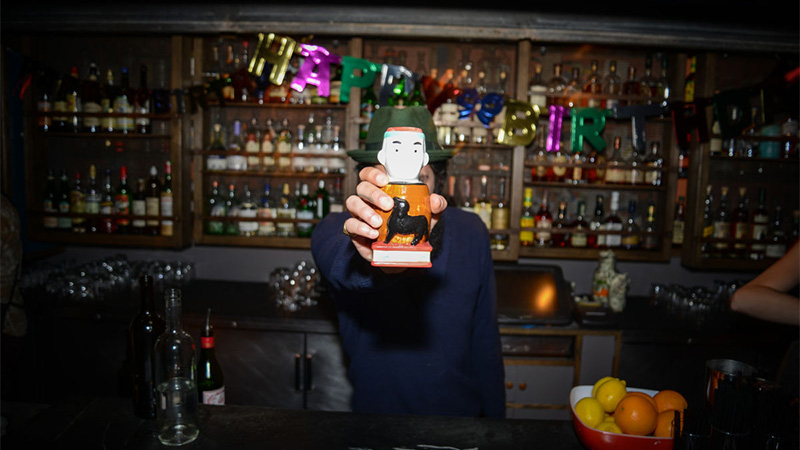
True Laurel, San Francisco: I love how True Laurel integrates sustainability into every aspect of its operations. The bar minimizes waste through creative use of local, imperfect produce and repurposes ingredients into ferments and housemade components. Its innovative, zero-waste approach is influencing bars nationwide to rethink their environmental and social impact.
Trick Dog, San Francisco: Trick Dog is changing how bars think about cocktail menus by turning them into full-blown creative experiences. I love the attention to detail and their themed concepts like a color guide or an astrology chart. It gets people talking and even collecting them. This approach has surely inspired bars to think more intentionally about storytelling, branding, and how a menu can be part of the guest experience.
Attaboy, NYC: No menu? No problem — we’re bartenders after all. The ‘dealer’s choice’ model at Attaboy transforms drinking into a tailored experience, making each visit unique and memorable. By focusing on the guest’s preferences versus a set menu, it encourages deeper connections between guests and bartenders. It builds loyalty and stands to influence and elevate service standards across the industry.
Cure, New Orleans: I would be remiss not to include a New Orleans bar with that Southern charm in my lineup. Cure has been a pioneer in the craft cocktail scene in New Orleans and is an example of how a bar can balance their city’s historical roots with integrity and remain open to modern innovations. Their level of service is aligned with their elevated bar program, and that should be the standard at any craft cocktail bar in the U.S. After all, we are in the hospitality industry.
Rich Manning, Contributing Writer, VinePair
@rich.manning2.0
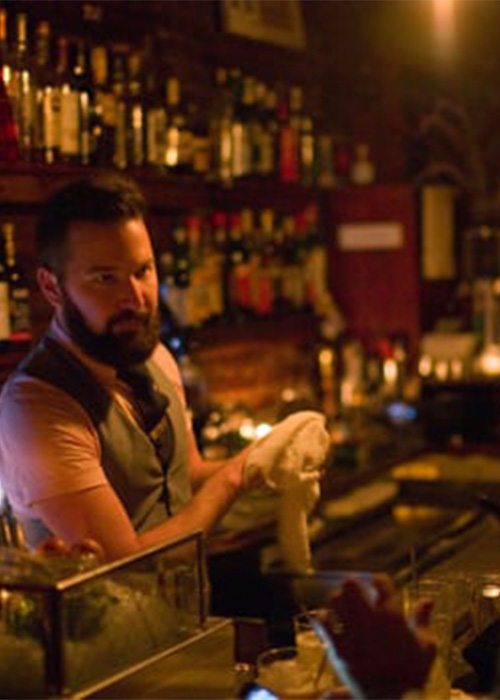
Milk & Honey, NYC: Sasha Petraske’s seminal bar sparked the craft cocktail renaissance through a hyper-focus on cocktails and key drink-building elements like precise technique, fresh ingredients, and a game-changing ice program. Its speakeasy design and rules of behavior were born from necessity — Petraske promised the property’s owner his bar would not disrupt neighborhood noise levels. The resultant ambiance, combined with excellent drinks and sublime service, built the template that inspired a full-blown social culture for the 21st century.
Pegu Club, NYC: Audrey Saunders’ bar, which unfortunately shuttered in 2020, siphoned the stuffy pretension of the burgeoning craft cocktail scene through quirky décor and a penchant for not taking itself too seriously. In doing so, the bar became the prime example of killer cocktails coming from a looser, high-volume setting. The vibe made it easier for curious guests to ask questions and learn more about their drinks, helping to spread cocktail culture to the masses.
The Violet Hour, Chicago: Opened by Milk & Honey and Pegu Club alum Toby Maloney in 2007 (and, sadly, permanently closed this June), The Violet Hour in Chicago exemplified the impressive reach of the “bartending tree,” where bartenders could build their own programs around principles learned from working under legendary bartenders. By being such a place, The Violet Hour funneled the principles of craft cocktails to a wider audience. It’s not too difficult to perceive curious bartenders from secondary Midwestern markets like Milwaukee, Indianapolis, and Cleveland making the pilgrimage here and being inspired to build their own craft programs back home.
Trader Vic’s, Oakland, Calif.: This Oakland bar shuttered in 1972, long before the modern craft cocktail revival. Yet its influence on the contemporary scene still resonates, primarily because of owner “Trader Vic” Bergeron. He’s most famous for bringing the Mai Tai into the then-fledgling Tiki/tropical drinks subculture, but he also pioneered the use of housemade modifiers and rum blends. He also franchised his bar, paving the way for bars like Death & Co and Employees Only to do the same decades later.
